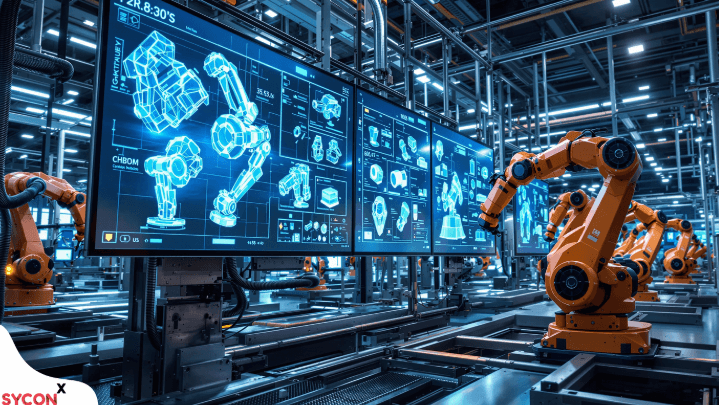How Machine Learning Is Enhancing User Experience in Apps
Machine learning is fundamentally transforming user experience in applications. By leveraging algorithms to analyze user behavior, apps provide personalized recommendations that align with individual preferences. This data-driven approach not only enhances engagement but also anticipates user needs through predictive analytics. As interfaces evolve in real-time, understanding the implications of these advancements becomes crucial. What challenges and opportunities arise as these technologies continue to develop?
Personalized Recommendations and Content Delivery
Personalized recommendations and content delivery have become pivotal in enhancing user experience within applications, with studies indicating that up to 80% of users prefer tailored content.
By analyzing user behavior, applications can effectively curate content that aligns with individual preferences, fostering engagement.
This strategic content curation not only amplifies user satisfaction but also empowers users, creating a more liberated and enjoyable digital experience.
See also: How Iot Is Revolutionizing the Supply Chain
Enhanced Interaction Through Predictive Analytics
How can predictive analytics transform user interactions within applications?
By harnessing data insights, predictive analytics enables apps to anticipate user behavior, facilitating a more intuitive and engaging experience.
This proactive approach allows applications to adjust their interfaces and functionalities based on anticipated needs, fostering seamless interactions.
Ultimately, users experience enhanced satisfaction and efficiency, empowering them to navigate applications with greater ease and freedom.
Continuous Learning and Adaptation in User Interfaces
A significant advancement in user interface design is the integration of continuous learning and adaptation mechanisms.
These dynamic interfaces leverage user feedback to refine functionality and enhance usability. By incorporating machine learning algorithms, applications can evolve based on real-time interactions, providing personalized experiences that respond to individual preferences.
This adaptability not only improves user satisfaction but also fosters a sense of agency in navigating digital environments.
Conclusion
In summary, machine learning is fundamentally transforming user experience in applications by facilitating personalized recommendations and adaptive interfaces. Notably, research indicates that 80% of consumers are more likely to make a purchase when brands offer personalized experiences. This statistic underscores the critical role of machine learning in not only enhancing user satisfaction but also driving business success. As these technologies continue to evolve, their capacity to anticipate and respond to user needs will undoubtedly redefine digital interaction.





